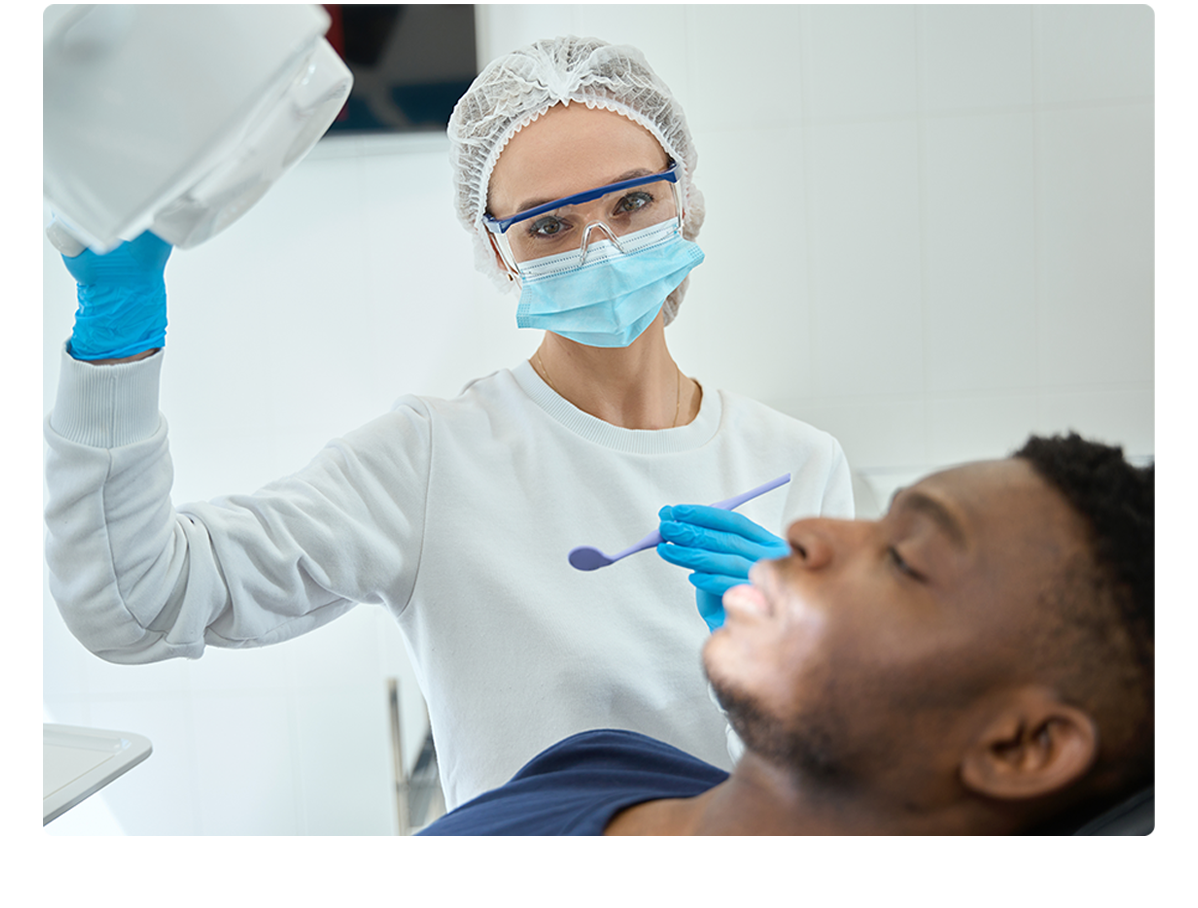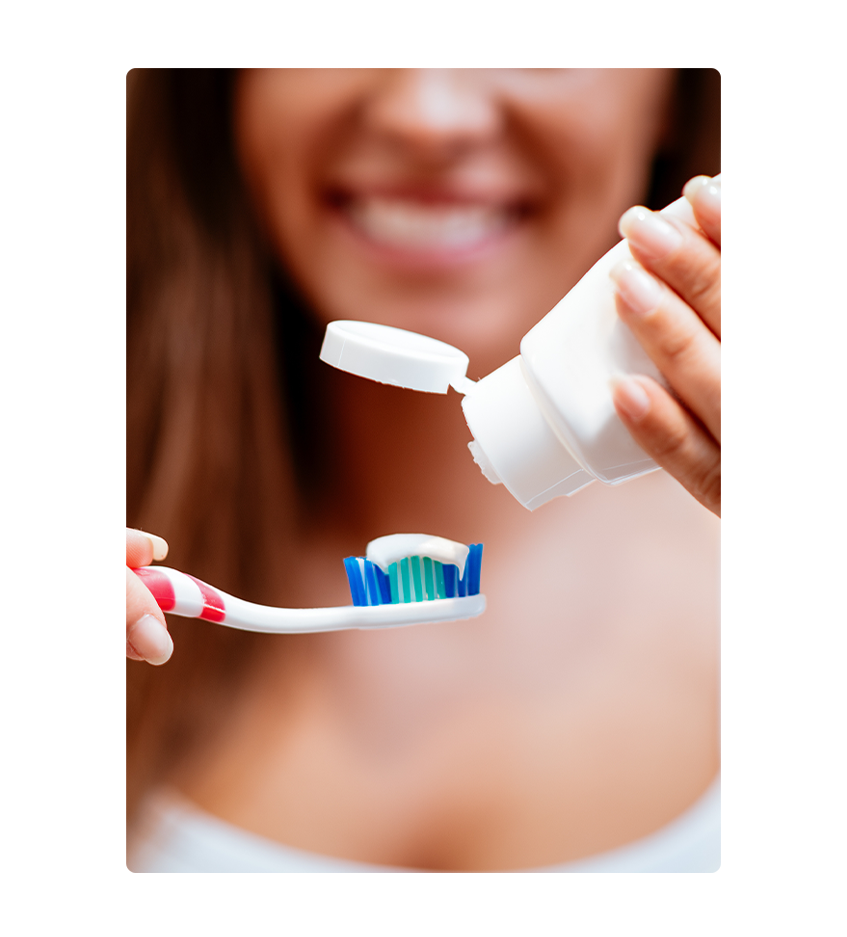Dental Filling
Dental health is an integral part of our overall well-being, and dental fillings play a crucial role in restoring the function of teeth damaged by cavities or physical trauma. With dental fillings, cavities are treated before they progress, and both aesthetics and functionality are preserved. At LHC Clinic, we have compiled the most accurate and up-to-date information about dental fillings for you.

What Are Dental Fillings?
🦷 Why Choose LHC Clinic?
- A dental filling is a treatment used to repair teeth damaged by cavities or physical trauma. After the decayed or broken area is cleaned, the dentist fills the cavity with an appropriate filling material to preserve the tooth’s structure.
- Dental fillings are important not only for aesthetic reasons but also to support oral health and prevent further tooth loss.
Types of Dental Fillings
Dental fillings are classified based on the material used. The main types include:
- 1. Amalgam Fillings
Composed of a mixture of silver, mercury, copper, and other metals. Highly durable, commonly used for back teeth. Not suitable for front teeth due to aesthetic concerns. - 2. Composite Resin Fillings
Blend with the natural color of teeth for a more aesthetic result. Suitable for both front and back teeth. A biocompatible option without metal, although they may wear over time. - 3. Porcelain Fillings (Inlays and Onlays)
Highly aesthetic and long-lasting. Resistant to staining, but typically more expensive than other types of fillings. - 4. Gold Fillings
Extremely durable, lasting up to 20 years. Less aesthetically pleasing, so not commonly used for visible teeth. - 5. Glass Ionomer Fillings
Releases fluoride to help protect the tooth from further decay. Typically used for children's teeth or small cavities.


How is a Dental Filling Done?
🦷 The Process of Placing a Dental Filling
The process of placing a dental filling usually follows these steps:
- 1. Examination and Diagnosis
The dentist assesses the condition of the tooth and may take X-rays to determine the extent of the decay or damage. - 2. Local Anesthesia
Local anesthesia is applied to ensure that no pain is felt during the procedure. - 3. Cleaning the Affected Area
The decayed or damaged tissue is carefully removed with specialized instruments. - 4. Applying the Filling Material
The chosen filling material is carefully placed into the cavity and allowed to harden. - 5. Shaping and Polishing
The filling is adjusted to ensure it fits properly with the rest of the tooth and polished to achieve a natural look.
Post-Filling Care and Considerations
🦷 Aftercare Tips for Dental Fillings
Follow these aftercare instructions to ensure the longevity and effectiveness of your dental filling:
- 1. Avoid Eating Until Anesthesia Wears Off
To avoid accidentally biting your tongue or cheek, it’s best not to eat until the anesthesia has worn off. - 2. Avoid Hot and Cold Foods
Temporary sensitivity may occur after the filling. It’s recommended to avoid hot or cold foods for the first few days. - 3. Avoid Hard and Sticky Foods
Especially with new fillings, avoid hard foods like nuts or sticky candies that could damage the filling. - 4. Regular Oral Care
To ensure the longevity of your filling, maintain good oral hygiene by brushing your teeth regularly and using dental floss. Be sure to visit the dentist for check-ups at least twice a year.


Frequently Asked Questions About Dental Fillings
🦷 Frequently Asked Questions About Dental Fillings
- How Long Do Dental Fillings Last?
The lifespan of a dental filling depends on the material used and your oral hygiene habits. Amalgam fillings can last 10-15 years, while composite resin fillings may last 5-10 years. - Will I Feel Pain During the Filling Process?
Since local anesthesia is applied, you will not feel any pain during the procedure. However, mild sensitivity may occur afterward. - Which Filling Material is the Best?
The best type of filling depends on the tooth's location, your budget, and aesthetic preferences. Your dentist will recommend the most suitable option based on your needs.
Healthy Teeth and Safe Filling Treatments at LHC Clinic
🦷 Why Choose LHC Clinic for Your Dental Fillings?
At LHC Clinic, we offer the most reliable and up-to-date treatment methods to protect your dental health. Our expert dentists treat cavities accurately and apply long-lasting, comfortable, and aesthetic fillings to ensure your smile remains healthy.
Don’t neglect your dental health! Visit LHC Clinic for regular check-ups and to maintain a healthy, beautiful smile.

Frequently Asked Questions
Tartar (calculus) is hardened plaque that cannot be removed by brushing alone. It
accumulates along the gumline and between teeth.
Treatment:
• Professional scaling and cleaning are required to remove tartar
• Regular cleanings help prevent its buildup
Preventing tartar starts with daily brushing, flossing, and routine dental visits.
Missing teeth can lead to:
• Shifting of adjacent teeth, causing bite problems
• Bone loss in the jaw over time
• Speech difficulties and chewing inefficiency
• Psychological effects, such as lowered self-esteem
Timely replacement with suitable dental prostheses can prevent these complications.
Pregnancy can affect oral health due to hormonal changes, increasing the risk of: • Gum inflammation (pregnancy gingivitis) • Pregnancy tumors (harmless overgrowths on gums) • Enamel erosion from morning sickness Maintaining regular brushing, flossing, and safe dental check-ups during pregnancy is crucial for both mother and baby’s health.
Why Are Color, Shape, and Symmetry Harmony Important in Dental Aesthetics? In smile design, achieving harmony in color, shape, and symmetry is key to creating a natural, balanced appearance. Discrepancies can make even healthy teeth look unattractive. Factors considered: • Matching the veneers or crowns to the natural tooth color and shape • Ensuring proportionate tooth sizes relative to facial features • Aligning teeth for overall symmetry This careful planning ensures the smile enhances the patient’s overall facial aesthetics.
Bone grafting restores bone in areas where it's lost due to tooth extraction, gum disease, or
trauma.Types of bone grafts include:
• Synthetic materials
• Donor or patient’s own bone (autograft)
Bone grafting supports future dental implant placement or maintains facial structure.
